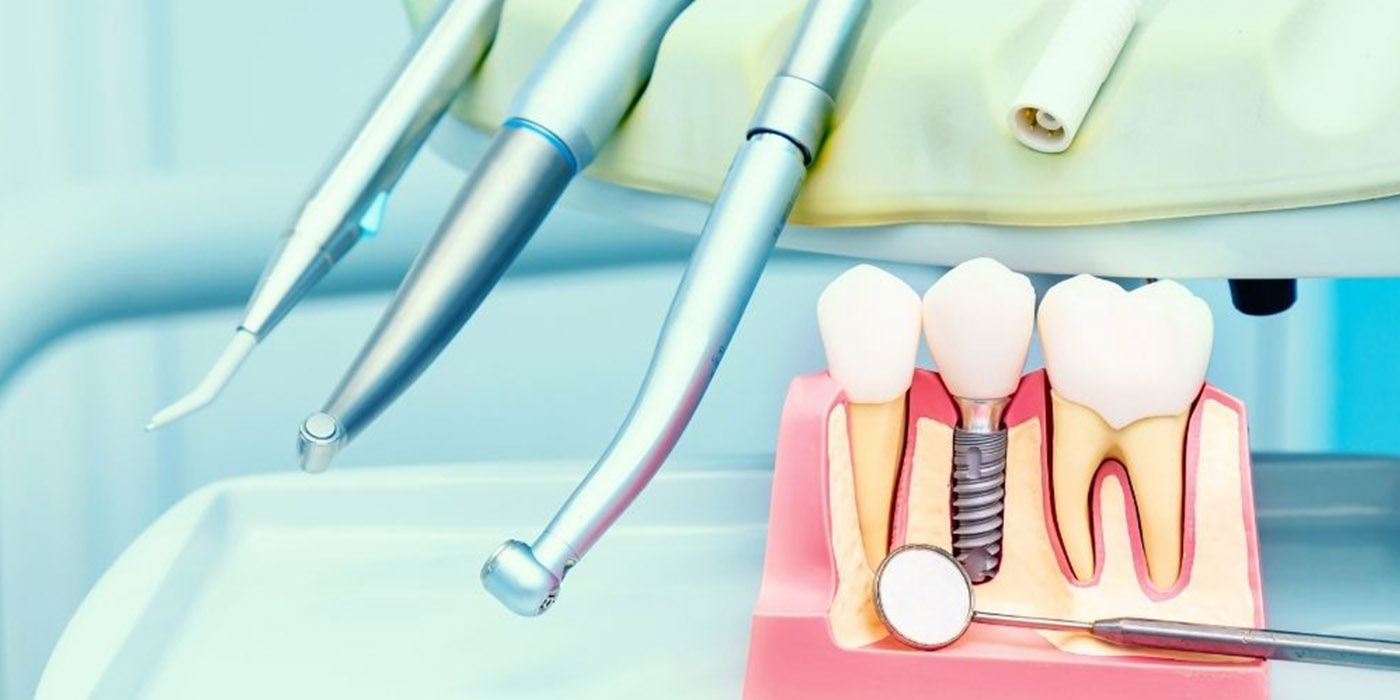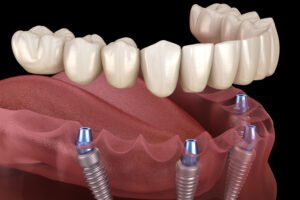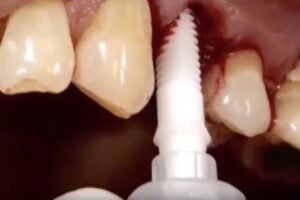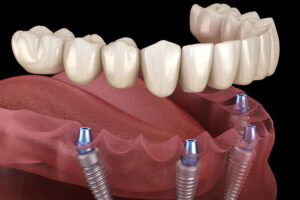What are the Different Types of Dental Implants?

What are the Different Types of Dental Implants?
Many people shy away from visiting a dentist, and the reasons can be many. If you have experienced a dental problem and need to undergo a dental implant, you might be overwhelmed with the wide variety of implants available. Choosing the right one without having proper knowledge can not only be hard but can be harmful as well.
You have different types of surgeries involving dental implants. You might be a little overwhelmed when the dentist tries to put multiple options right in front of you. In a nutshell, you will be learning about the three major types of dental implants. Few highlighters would also be elaborated on the procedures involved.
What are dental implants?
For those of you who experience excessive gum loss, the tooth roots get weakened too. The original tooth may not be able to stand in place while its root gets loosened. The teeth break up or chip even while chewing food. Or while masticating food particles. This is where you need dental implants.
Implants are artificially created tooth roots to keep your teeth in perfect condition. These are mainly designed using titanium. But we are going to show you various other methods by which dental implants are performed — taking you through the next section.
Different types of dental implants
Endosteal implants
The endosteal implant is the most commonly preferred option for a dental implant. This type of implant suits most patients on an easy platter. But you need to have a healthy jawbone wherein the implant is fused into. You can compare implants to place-holder posts. These are shaped like screws. They are fitted into your jawbone where the dentist wants to insert false teeth.
The dental implant must properly fuse or merge into the original jawbone. It would take time for the jawbone to heal or recuperate itself. Once this happens, the false teeth can be fitted into the placeholder post. You will have the false teeth surrounding the original teeth.
Subperiosteal implants
This is the second variant of implants. For those of you who don’t want an intensive oral surgery to add bone to the lost gum area! Or to those of you who don’t have a jawbone enough to fit into an endosteal implant, the second option is just meant for you.
The procedure for a subperiosteal implant operates this way. The implants are not directly fixed into the jawbone. The implants rest on top of the bone while these are still visible under the gum-area. A metal frame gets placed into the gum with a post attached to it. The gum heals around the framework. This is to hold the dental roots in place. The false teeth are secured to the poles that protrude from your gums.
Zygomatic Implants
Zygomatic is the least commonly available type of implants. The procedure involved is also complicated. The procedure applies to those of you who just don’t have enough jawbone to perform an endosteal or a subperiosteal implant. The implant is placed on the patient’s cheekbone instead of a jawbone.
What are the different types of implants? If this was your question, it has well been answered. You may now wonder- If I don’t have a jawbone or a cheekbone to support an implant, then what do I do? Well, your dentist may suggest a few other dental restorative procedures in this case. Shall we have a glimpse into a few of them?
Bone Augmentation procedure
The dentist can include bone additives to restore your jawbone. This way, the lost jawbone is fortified. After the bone grows in place, the dental implant procedure is performed on your teeth.
Sinus Lift
The procedure involves the dentist adding a bone below your sinus. The bone there might deteriorate due to missing upper back teeth. The sinus lift surgery is a beneficial procedure post in which dental implants are done.
Ridge Expansion
Sometimes, your jawbone may not yield wide enough space for a dental implant to be inserted or fused into. What will the dentist do in this case? Well, he/she can graft enough material, near the jawbone to create a space, wide enough for the dental implant to be inserted into.
3-D imaging
Apart from these techniques, you have a few more. The dentist can re-create the right dental procedure by studying the 3-D anatomy of your jawbone. A tailor-made option can then be prescribed for you based on the imaging analysis. 3-D imaging can reduce costs, the pain involved, and recovery time for most of the patients out there.
Immediate load dental implants
The procedure is like adding a spare tire to your car wheels. Any time the vehicle’s tires get flattened out, you have another one to replace quickly. Similarly, the dentist can fit in a temporary set of teeth immediately post the dental implant surgery. There are two main criteria for the procedure to be carried out. These are:
- You need to have enough bone to support the artificial teeth.
- The implant must be secure enough to support the placement and pressure of a temporary tooth.
Mini dental implants
These are miniature-sized implants that measure the size of a toothpick. These dental implants are primarily used to support a lower denture. This way, you have a perfect option to look into, especially when you don’t want to go in for a full-sized dental implant. The recovery time for the procedure is lesser as compared to a regular one.
All-On-Four
You can use the option when you are looking for a perfect replacement for inserting a complete set of top or bottom replacement teeth. In the procedure, you have four dental implants that are placed on the jawbone. In other words, with the available space, almost four teeth can be fitted into. The All-On-Four option reduces the need for intensive bone grafting.
The temporary set of replacement teeth can be fitted into your jawbone the very same day. You will have to be a little careful while chewing food. This is just until the implant heals and a new bone grows in this place. Your dentist may recommend special dietary foods until the tissue has healed completely and till the implants have bonded with the bone. You can resume your normal diet for six months. A final set of permanent replacement teeth is placed post the healing.
The know-how on what are different types of dental implants and other dental restorative procedures have been discussed at length. Now that you have understood what dental implants are and why they are needed, you can choose the one needed as per your medical condition.
Well, looks like it is time you visit a dentist- have you booked an appointment yet?







